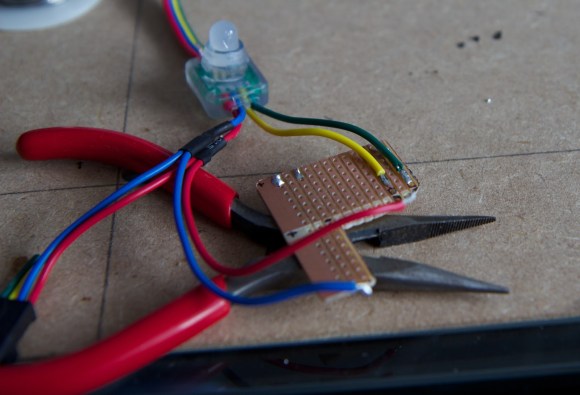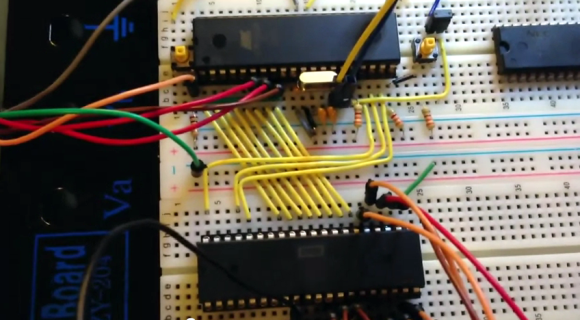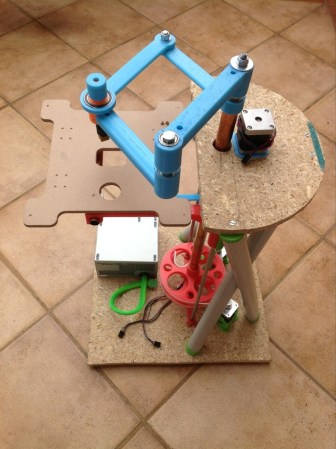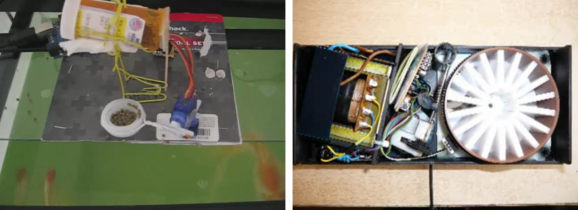Hobby electronics from 1982

[Lennart] came across one of his projects from several decades ago. It’s a twinkling star which blinks LEDs at different rates using some 7400 logic chips and RC timers.
Solder fume extractor
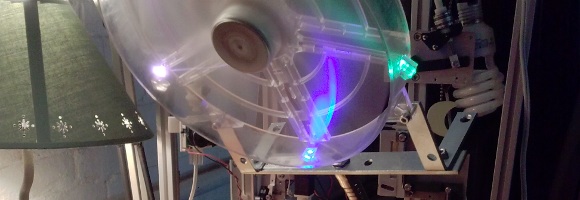
We’re still blowing the solder fumes away from us using our mouth, but this might inspire us to do otherwise. It’s a large PC fan mounted on a lamp goose neck. It clamps to the bench and is quite easy to position.
Ultrasonic liquid level measurement

Wanting a way to measure the liquid in these tanks without submerging a sensor, [JO3RI] turned to an Arduino and an ultrasonic rangefinder. His method even allows the level to be graphed as shown in his Instructible about the project.
Adding an ‘On’ light to save batteries

Dumpster diving yielded this electronic drum machine for [MS3FGX’s] daughter to play with. The problem is that pushing any of the buttons turns it on, it doesn’t have an auto-off, and there’s no way to know when it’s on. This is unacceptable since it runs on 5 AA batteries. His quick fix adds this green On LED. We wonder if he’ll improve upon this and add an auto-off feature?
CMOS Binary Clock
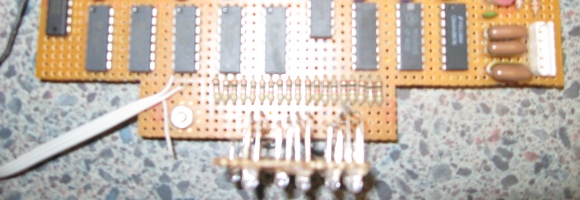
This is a portion of the guts of [Dennis’] CMOS Binary Clock project from the early 2000’s. He even built a nice case with a window for the LEDs which you can see are mounted perpendicular to the protoboard.


